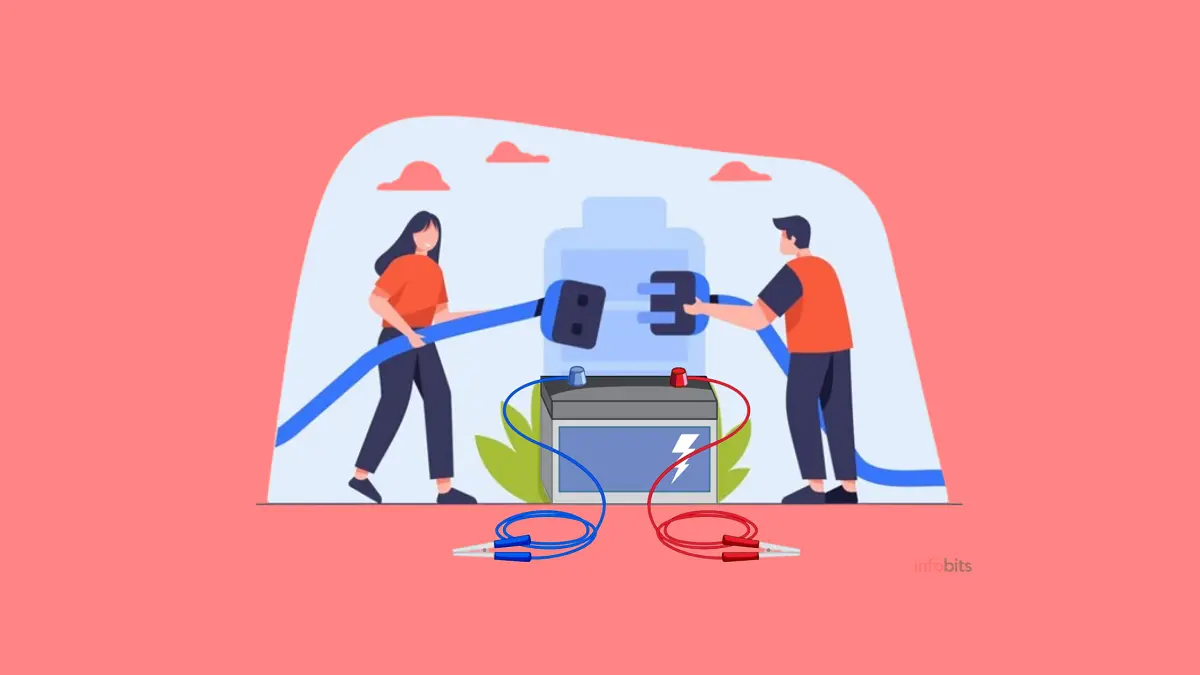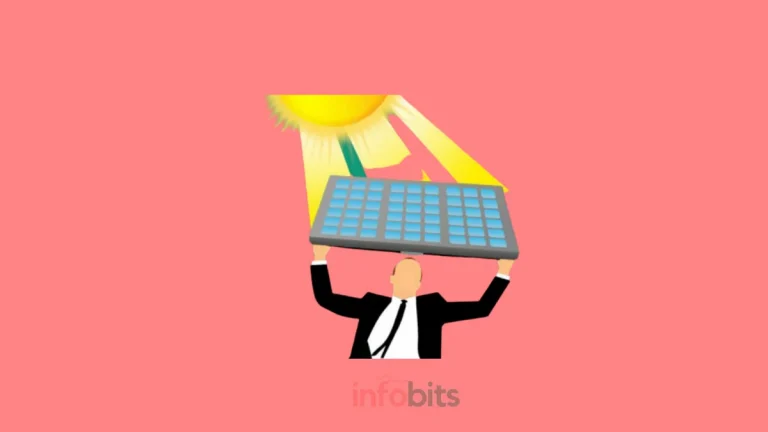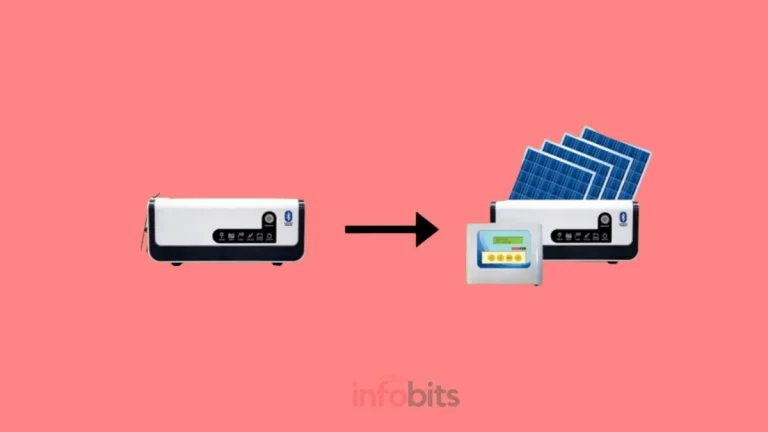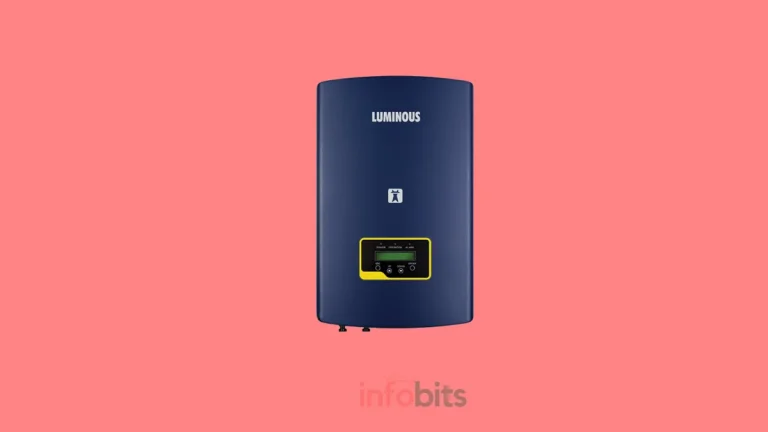How to Charge the Inverter/UPS Battery Efficiently?
Inverter and UPS batteries are vital in delivering backup power during main source electricity outages, ensuring that essential appliances and gadgets continue to operate without interruption.
However, to maintain the best performance and durability, these batteries must be charged effectively.
Proper charging practices not only extend battery life but also improve overall efficiency. This article will give detailed guidance on how to charge inverter/UPS batteries effectively.
From figuring out the fundamentals of these batteries to investigating the elements that influence charging efficiency, we will go over step-by-step instructions, maintenance advice, and typical mistakes to avoid.
In addition, we will explore troubleshooting strategies and provide predictions for the future of inverter/UPS battery charging technologies.
By following these rules, you can guarantee that your batteries are always fully charged and ready to offer reliable backup power when needed.
1. Understanding the Basics of Inverter/UPS Batteries
Inverter/UPS batteries are essential parts of home or business backup power systems, supplying electricity when the main power source fails.
Before we get into effective charging techniques, it’s vital to grasp the fundamentals of these batteries.
1.1 Different Types of Inverter/UPS Batteries
Inverters and UPS systems often employ a variety of battery types.
The most prevalent types include lead-acid batteries, lithium-ion batteries, and SMF gel batteries.
Each type has advantages and disadvantages, so select the one that best meets your goals and budget.
1.2 Battery Capacity and Rating
Battery capacity refers to the quantity of charge that a battery can hold. It is usually measured in ampere-hours (Ah).
The capacity rating indicates how long the battery will run your gadgets or appliances during a power outage.
Understanding the battery’s capacity allows you to predict its runtime and prepare your backup power accordingly.
2. Optimal Charging Methods for Inverter/UPS Batteries
Efficiently charging your inverter or UPS batteries not only increases their lifespan but also guarantees that they are always ready to deliver power when needed.
Let’s look at various beneficial charging strategies.
2.1 Constant Voltage Charging
Constant-voltage charging is a popular method for charging batteries. A controlled voltage is provided to the battery terminals until it reaches a certain voltage level.
This approach reduces overcharging and increases the battery’s longevity.
2.2 Trickle Charging
Trickle charging is a low-current charging method that keeps the battery at full charge without overcharging it.
It’s especially effective for batteries that aren’t used frequently or after lengthy periods of inactivity. Trickle charging reduces self-discharge and keeps the battery in good condition.
2.3 Bulk Charging
Bulk charging is a high-current charging method that rapidly charges a battery to around 80% of its capacity.
The charging cycle is often completed with a slower charging technique. Bulk charging minimizes total inverter battery charging time, making it ideal for circumstances that necessitate a speedy recharge.
3. Factors Affecting Battery Charging Efficiency
Several factors impact the efficiency with which inverter/UPS batteries charge. Understanding these factors aids in optimizing the charging process.
3.1 Temperature Considerations
Battery temperature has a significant impact on charging efficiency.
Extreme temperatures, whether hot or cold, can have a severe influence on battery performance and longevity.
To ensure the best charging efficiency, keep the batteries in a temperature-controlled environment. Make sure the inverter and batteries are located in a well-ventilated location.
3.2 Battery Age and Condition
The age and condition of the battery have an impact on its charging efficiency. As batteries age, their ability to retain a charge declines.
Regular maintenance and battery replacements provide peak charging efficiency and dependable backup power.
3.3 Charging Rate and Current
Choosing a suitable charging rate and current is crucial for effective battery charging.
Charging at too fast rates can cause overheating and shorten battery life while charging at too slow a rate might result in undercharging.
The ideal charging level is 10% of the battery’s capacity. This indicates that if the battery’s capacity is 150 Ah, the charging current should not exceed 15 A.
It is critical to adhere to the manufacturer’s recommendations for charging rates and current.
4. Step-by-Step Guide to Efficiently Charge Inverter/UPS Batteries
To charge your inverter or UPS batteries efficiently, use a methodical strategy. Here is a step-by-step tutorial to walk you through the procedure.
4.1 Preparing the Battery for Charging
Ensure the battery terminals are clean and corrosion-free. Check the battery for any damage or leakage. If required, replace the battery before continuing with the charging procedure.
4.2 Connecting the Battery to a Charger
Connect the battery to a suitable charger or an inverter/UPS (if new), making sure that the positive and negative terminals are correctly oriented.
Double-check the connections to prevent accidents or damage during the charging process.
4.3 Setting the Charging Parameters
Set the charging parameters on the charger based on the battery manufacturer’s instructions. This covers voltage settings, charging rates, and any instructions for your battery type.
Following the suggested criteria leads to effective and safe charging. These values are typically established in the inverter or UPS. So always use the specified battery with your inverter or UPS.
Related: How to Select the Right Inverter and Battery?
4.4 Monitoring the Charging Process
Monitor the charging process thoroughly to ensure that the charger is operating within the approved settings.
To discover any possible difficulties, check the battery voltage and temperature regularly. When a battery is completely charged, the voltage can reach 13.5 to 13.6 volts.
To avoid overcharging or undercharging the battery, unplug it after it has reached the appropriate charge level.
Understanding the basics, adopting optimal charging techniques, taking into account numerous elements, and following step-by-step guidance will help you charge your inverter or UPS batteries effectively and guarantee they are always ready to supply backup power when needed. You can now confidently power through any outage with a fully charged battery!
5. Maintenance and Care Tips for Maximizing Battery Efficiency
5.1 Regular Battery Inspections
Regularly checking your inverter or UPS battery is critical to improving its efficiency. Look for evidence of damage, leakage, or corrosion on the battery terminals.
Look for bulging or swollen battery casings as well. If you encounter any of these problems, it may be time to replace the batteries.
Check the battery’s water level regularly if you are using a lead-acid battery, and add distilled water if necessary.
5.2 Cleaning and Terminal Maintenance
Keep your battery free of dirt and dust. Use a wet towel to gently clean the battery shell regularly.
Additionally, make sure the battery terminals are clean and corrosion-free. If you see any corrosion, use a combination of baking soda and water to clean it.
Always unplug the battery before doing any maintenance.
5.3 Avoiding Over-discharging and Overcharging
Overdischarging and overcharging can substantially shorten the life and efficiency of your battery.
Turning off redundant devices during power outages might help prevent excessive battery depletion.
Similarly, to avoid overcharging, ensure that your inverter/UPS charging process is appropriately regulated and monitored.
6. Common Mistakes to Avoid During Inverter/UPS Battery Charging
6.1 Incorrect Charging Methods
Using inappropriate charging techniques might result in poor battery charging. Always refer to the manufacturer’s instructions for your particular inverter or UPS type.
Avoid using incompatible chargers or using DIY charging processes that may harm the battery.
6.2 Neglecting Battery Health Checks
Don’t underestimate the necessity of routinely inspecting your battery’s condition. Keep a check on its voltage, capacity, and general operation.
Periodic battery health checks can help you identify any problems early on and guarantee maximum battery efficiency.
6.3 Ignoring Safety Precautions
When working with batteries, safety should be your number one priority. Avoid short-circuiting the battery terminals, and always use protective equipment when handling or examining the battery.
To avoid accidents or damage, familiarize yourself with the manufacturer’s safety standards and strictly adhere to them.
7. Troubleshooting and Diagnosing Battery Charging Issues
7.1 Battery Not Holding Charge
There might be various reasons why your battery isn’t keeping charged as well as it should. Check the battery’s age, as older batteries lose capacity over time.
Examine the connections to verify that they are secure. Additionally, look for any potential power leaks or defective wiring that might be reducing the battery’s charge.
7.2 Slow Charging Speed
If your battery is taking an exceptionally long time to charge, there may be an underlying problem.
Check the charging cords to ensure they are intact and correctly attached. If the problem remains, there might be a problem with the charger, which you should try replacing.
7.3 Battery Overheating during Charging
Battery overheating when charging is a matter of concern because it can result in damage or even battery failure.
Make sure the charging process is not overwhelming and that you’re using the correct charger for your battery. If the situation persists, get expert help to identify and resolve any potential difficulties.
8. Future Developments in Inverter/UPS Battery Charging Technology
The field of inverter/UPS battery charging technology is continually growing, and we may anticipate new developments in the future.
Manufacturers are investing in R&D to increase battery efficiency and longevity. We should expect quicker charging speeds, improved battery management systems, and larger energy storage capacity.
These developments will not only improve battery charging efficiency but will also help to create a more sustainable and stable power backup system. Stay tuned for interesting things in the future!
Conclusion
You may increase the life and performance of your inverter/UPS batteries by using efficient charging tactics and following the maintenance guidelines given in this article.
Remember to examine and care for your batteries regularly, prevent frequent charging mistakes, and resolve any difficulties that develop.
As technology continues to evolve, the future offers potential advances in inverter/UPS battery charging, which will further boost their efficiency and dependability.
By being updated and adapting to new developments, you can continue to rely on your batteries for continuous power whenever it is required.
Frequently Asked Questions
It is advised that you utilize a charger built particularly for inverter/UPS batteries. These chargers regulate voltage and current to provide efficient and safe charging. Incompatible chargers can cause overcharging, overheating, and battery damage.
The frequency of charging is determined by factors such as battery capacity, usage behaviour, and power loss frequency. As a general rule, charge the battery anytime the charge level falls to about 50–70%. Long-term battery depletion can cause sulfation and diminished battery capacity.
It is not recommended to charge the battery while it is providing power to connected devices. Charging a battery while it is under load can lead to inefficient charging, increased charging time, and potential battery or device damage. It is advised that you unplug the load before beginning the charging procedure. These steps are carried out automatically by a high-quality inverter, or UPS.
An inverter battery charging time is determined by a variety of parameters, including its capacity, charging approach, charging current, and battery state. On average, it takes 8 to 12 hours to charge an inverter or UPS battery completely. However, it is critical to watch the charging process to ensure that the battery does not overcharge.
We hope you are interested in our articles and consider following our Facebook, Instagram, and Twitter pages for regular updates.
Subscribe to our free newsletter to get similar articles and regular updates directly in your Email Inbox.
Also, share this article with your friends and relatives. Bookmark this page for future reference.







